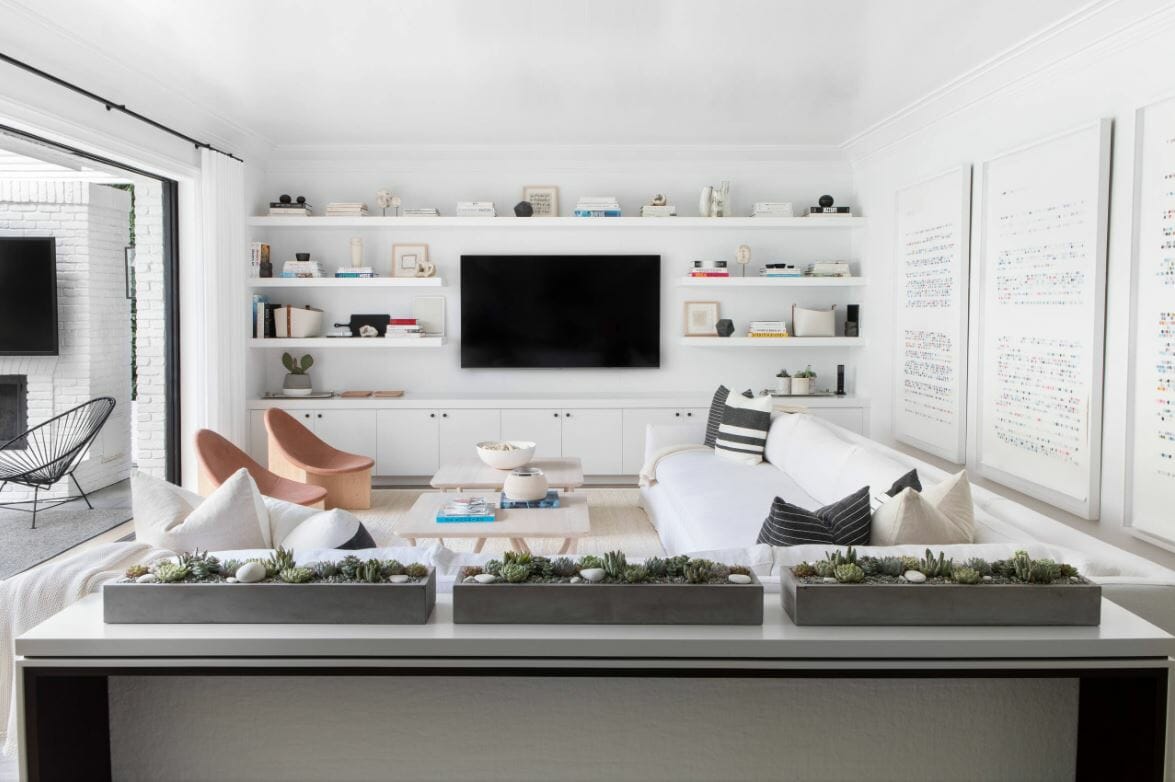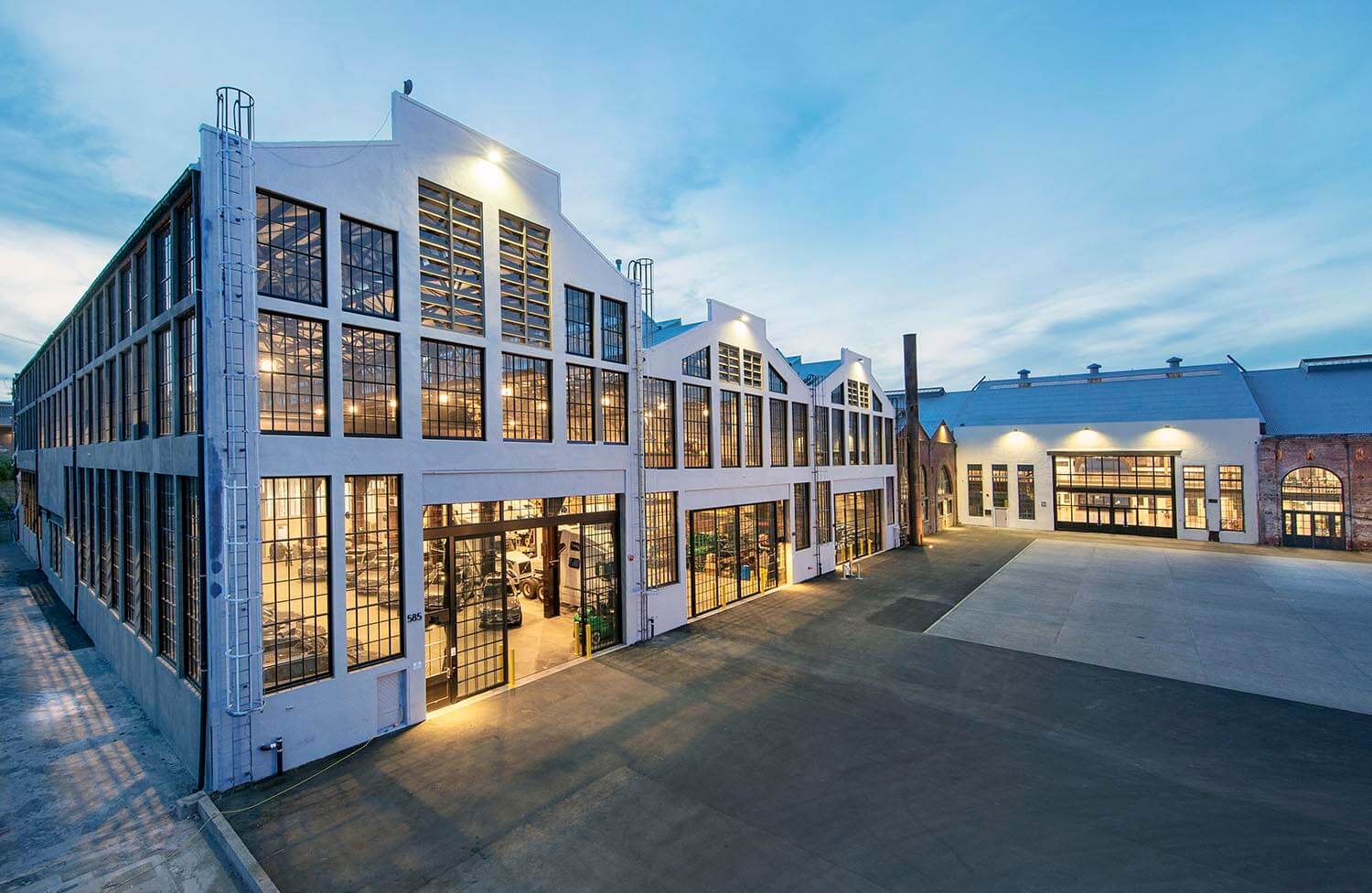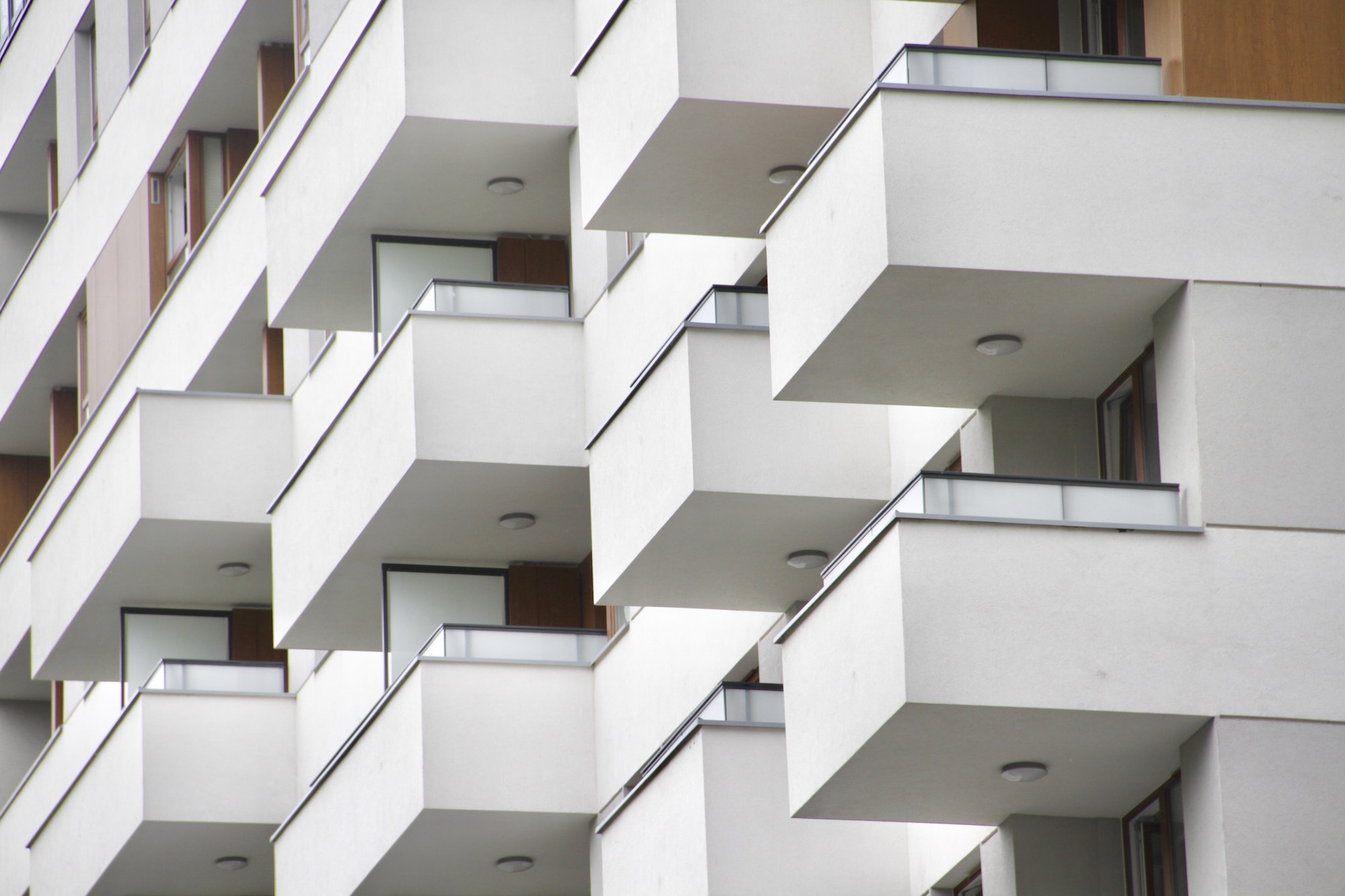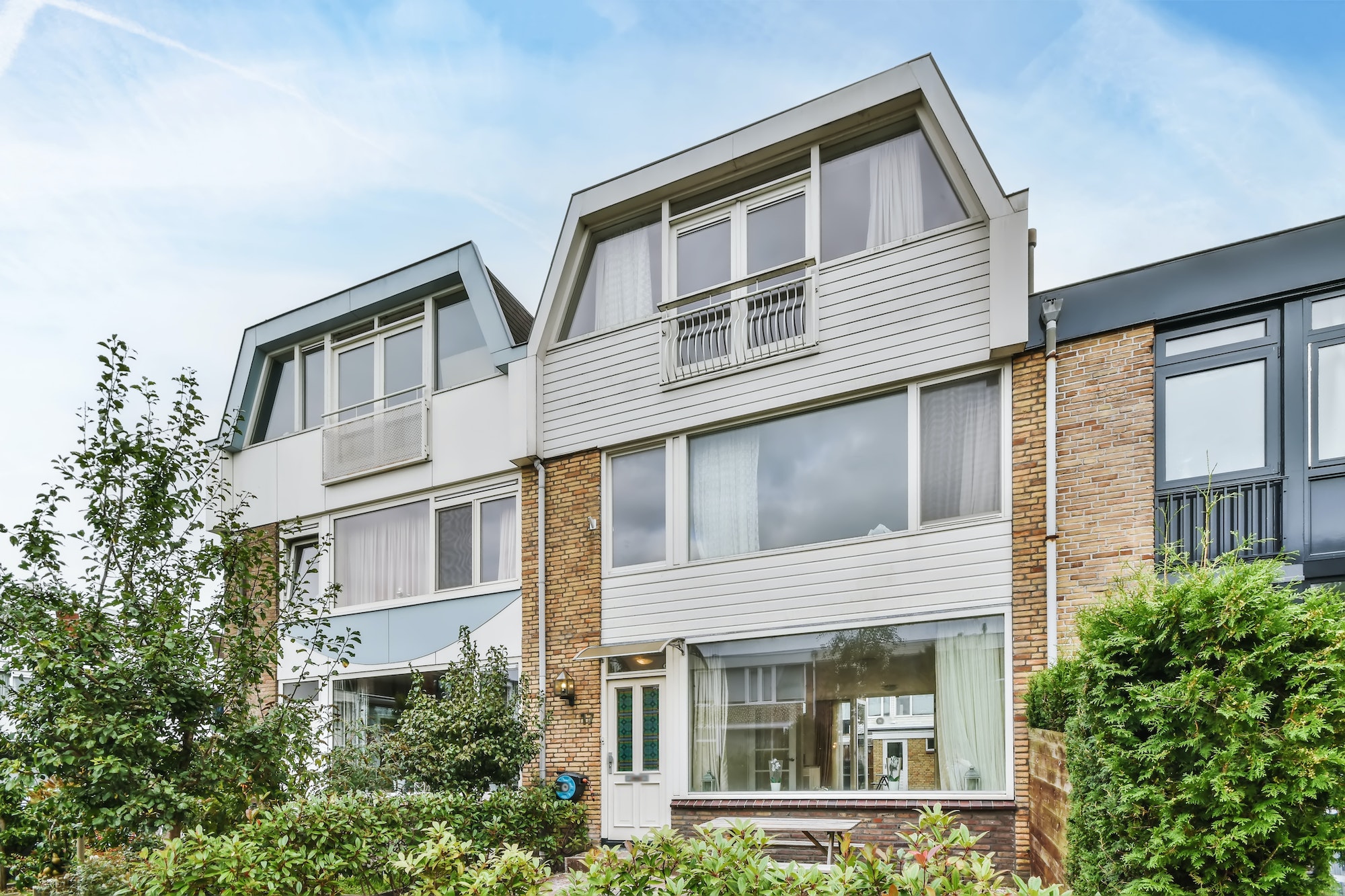Landscape Architecture Design for Outdoor Spaces: Transforming Your Environment
Landscape architecture design is the art and science of designing outdoor spaces that are both functional and aesthetically pleasing. It is a process that involves planning, designing, and managing the natural and built environment to create a seamless and harmonious outdoor space. Whether you’re designing a public park or a private backyard, landscape architecture design is essential to creating an inviting and beautiful outdoor space. Enhance your outdoor spaces with our exceptional landscape architecture design for outdoor spaces. Create inspiring outdoor space using landscape architecture.
Understanding Landscape Architecture Design
Landscape architecture design is a multifaceted process involving various elements, including site analysis, design development, construction documentation, and project management. Landscape architects seek to balance aesthetics with practicality, sustainability, and safety in their work. It considers factors such as the natural topography, the existing vegetation, the climate, the local culture, and the intended use of the space.
Site Analysis
Site analysis is the first step in landscape architecture design. It involves gathering information about the site, including its topography, soil quality, existing vegetation, and microclimate. Site analysis also involves understanding the site’s context, such as the surrounding buildings, roads, and natural features. This information helps the designer develop a design appropriate for the site and takes advantage of its unique characteristics.
Design Development
Design development is the second step in landscape architecture design. It involves developing a preliminary design based on the information gathered during site analysis. The designer will create sketches, drawings, and models to help visualize and communicate the design to the client and other stakeholders. Material, plant, and other element selection is an integral part of the design creation process.
Construction Documentation
Construction documentation is the third step in landscape architecture design. It involves creating detailed drawings and specifications that will guide the construction process. Construction documentation includes plans for grading, drainage, lighting, and other elements essential for properly constructing the outdoor space. Materials, plants, and other features that will be incorporated into the final design have their specifications laid out as well.
Project Management
Project management is the final step in landscape architecture design. It involves overseeing the construction process to ensure that the design is implemented correctly. Managing a project includes communicating with vendors, keeping tabs on development, and fixing problems as they arise. Furthermore, this method guarantees that the project will be finished on time and under budget.
Elements of Landscape Architecture Design
The goal of any well-designed landscape is to combine aesthetics with practicality and functionality. Some of the essential elements of landscape architecture design include:
1. Hardscape Elements
Hardscape elements include the non-living components of the outdoor space, such as paths, walls, and patios. These elements provide structure and organization to the outdoor space and help define the boundaries of different areas.
2. Softscape Elements
Softscape elements include the living components of the outdoor space, such as plants, trees, and shrubs. These elements provide color, texture, and visual interest to the outdoor space. Softscape elements also help to create a sense of enclosure and privacy in the outdoor space.
3. Water Elements
Water elements include fountains, ponds, and waterfalls. These elements add movement, sound, and visual interest to the outdoor space. Water elements also help to create a calming and relaxing atmosphere in the outdoor space.
4. Lighting Elements
Lighting elements include fixtures, bulbs, and other components that illuminate the outdoor space. Lighting elements can be used to highlight specific features of the outdoor space, such as trees or sculptures. They are also versatile enough to be utilized indoors to set the mood.
Benefits of Landscape Architecture Design
Landscape architecture design offers numerous benefits for outdoor spaces, including:
Increased Property Value
Well-designed outdoor spaces can increase the value of a property by enhancing its visual appeal and functionality. A thoughtfully designed landscape can attract potential buyers and renters and make the property more desirable.
Improved Quality of Life
Well-designed outdoor spaces can improve the quality of life for those who use them. A beautiful and functional outdoor space can provide a place to relax, exercise, and socialize with friends and family. Connecting with nature and having a sense of belonging can also improve one’s mental health and well-being.
Environmental Sustainability
Landscape architecture design can incorporate sustainable practices that reduce the impact of the outdoor space on the environment. Sustainable practices include using native plants, water-efficient irrigation systems, and environmentally friendly materials. Sustainable landscape design can also help to reduce energy consumption by providing shade and insulation.
Increased Safety
Well-designed outdoor spaces can increase safety by providing clear sightlines, proper lighting, and designated areas for different activities. Landscape architecture design can also incorporate features such as handrails, stairs, and accessible paths that make the outdoor space safe and accessible for all users.
Landscape Architecture Design Trends
Landscape architecture design is a constantly evolving field, with new trends always emerging. Some of the current trends in landscape architecture design include:
Sustainable Design
As more and more individuals learn about the environmental effects of their yards, sustainable landscape design is gaining popularity. Sustainable design incorporates practices such as water-efficient irrigation systems, the use of native plants, and the use of recycled materials.
Minimalism
Minimalist design is characterized by a simple, clean aesthetic that emphasizes functionality and simplicity. Minimalist landscape design often incorporates elements such as clean lines, neutral colors, and a limited palette of materials and plants.
Outdoor Living Spaces
More and more people are opting to build outdoor living areas as an extension of their existing indoor ones. Features like outdoor kitchens, fire pits, and plush seating areas are common in outdoor living spaces.
Biophilic Design
A connection to nature is fostered through the use of biophilic design, which brings natural aspects indoors. Biophilic landscape design often includes water elements, native plants, and natural materials.
Conclusion
Landscape architecture design is essential to creating functional and beautiful outdoor spaces. It involves a variety of elements, including site analysis, design development, construction documentation, and project management. Landscape architecture design offers numerous benefits for outdoor spaces, including increased property value, improved quality of life, environmental sustainability, and increased safety. Working with an experienced landscape architect is essential to ensuring that your outside space is both aesthetically pleasing and practical.
FAQS
Q1: What is landscape architecture design for outdoor spaces?
A1: Landscape architecture design for outdoor spaces involves planning, designing, and creating functional and aesthetically pleasing outdoor environments, such as parks, gardens, residential landscapes, and urban plazas.
Q2: What are the key elements considered in landscape architecture design?
A2: Landscape architecture design incorporates various elements, including site analysis, spatial planning, vegetation selection, hardscape design (such as paths, patios, and structures), water features, lighting, and sustainable design principles.
Q3: How does landscape architecture design benefit outdoor spaces?
A3: Landscape architecture design enhances outdoor spaces by improving functionality, creating visual appeal, promoting environmental sustainability, providing habitat for wildlife, and offering opportunities for recreational activities and social interaction.
Q4: What steps are involved in the landscape architecture design process?
A4: The landscape architecture design process typically includes initial site analysis, concept development, schematic design, design development, construction documentation, and implementation. Each stage involves gathering information, generating ideas, refining concepts, and producing detailed plans.
Q5: How do landscape architects select plants for outdoor spaces?
A5: Landscape architects consider factors like climate, soil conditions, sun exposure, and the desired aesthetic when selecting plants. They choose plants that are suitable for the region, provide year-round interest, require minimal maintenance, and contribute to the overall design vision.
Q6: What role does sustainability play in landscape architecture design?
A6: Sustainability is a crucial consideration in landscape architecture design. Landscape architects strive to minimize the environmental impact of projects by implementing practices like water conservation, using native plants, incorporating recycled materials, and designing for energy efficiency.
Q7: How can landscape architecture design improve the functionality of outdoor spaces?
A7: Landscape architecture design can enhance functionality by creating well-designed pathways, organizing spaces for different activities, incorporating seating areas, providing proper drainage, and ensuring accessibility for all users, including those with disabilities.
Q8: What are some popular design trends in landscape architecture for outdoor spaces?
A8: Some current design trends in landscape architecture include the use of sustainable materials, incorporation of edible gardens and urban farming, creation of multi-functional spaces, integration of technology for lighting and irrigation systems, and the promotion of wellness and biophilic design.
Q9: How do landscape architects address the challenges of urban outdoor spaces?
A9: Landscape architects tackle the challenges of urban outdoor spaces by maximizing limited space through vertical gardens and green roofs, designing pocket parks and rooftop gardens, incorporating urban furniture and amenities, and prioritizing pedestrian-friendly designs.
Q10: Can landscape architecture design contribute to the overall value of a property?
A10: Yes, landscape architecture design can increase the value of a property. Well-designed outdoor spaces enhance the aesthetic appeal and provide functional and recreational opportunities, making the property more desirable to potential buyers or users.








